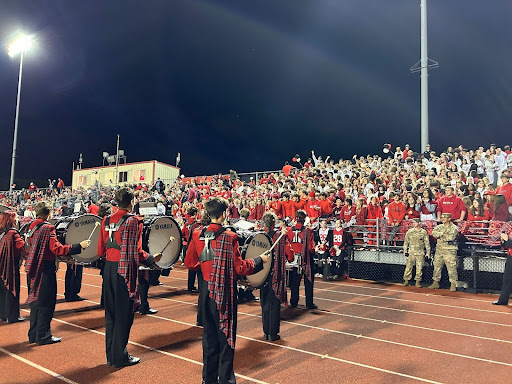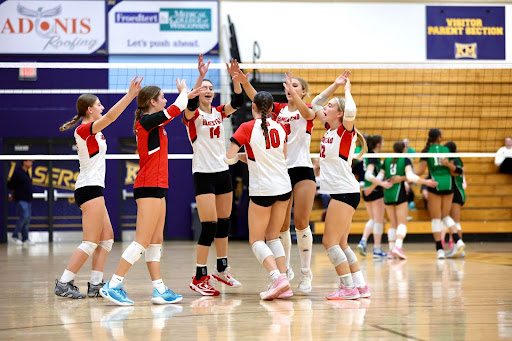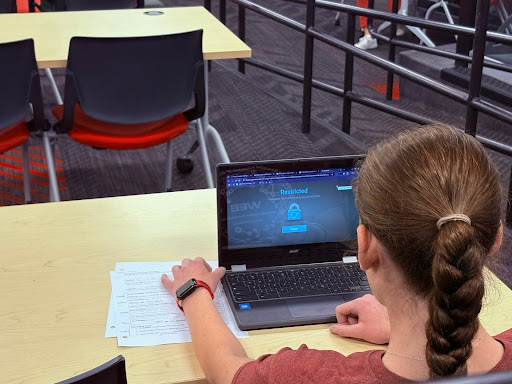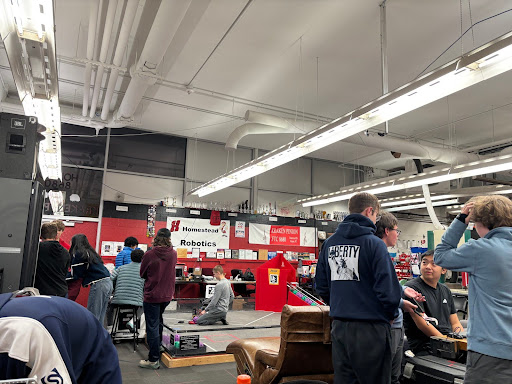Boy Scouts: No longer boys only
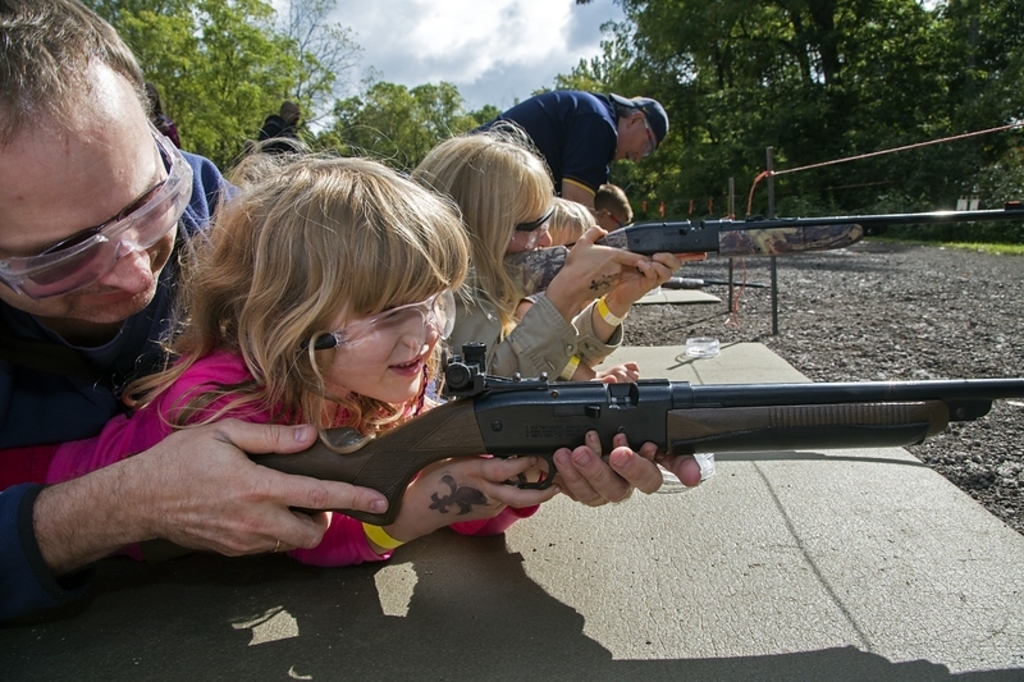
Children learning to shoot a BB gun as part of earning a scout badge.
The Boy Scouts of America (BSA) have been educating young men in the development of character, citizenship and personal fitness for over 100 years; however, starting in 2019, the BSA will be welcoming girls to all Cub and Boy Scouts programs.
In 2015, girls were incorporated in the first non-leadership roles in the Venturing program. A program that is geared for scouts ages 13-21 and offers modules in a variety of different topics such as: outdoors, health, safety, citizenship, STEM, and arts (scouting.org).
Girls will now be incorporated throughout all programs to allow the opportunity to earn the prestigious “Eagle Scout” recognition, an award unparalleled by the Girl Scouts of America. “On average it takes seven years [to become an eagle scout] in which a scout must earn many merit badges, some required and some of their choosing. They also must volunteer a great deal and partake in various leadership opportunities, as well as conduct an extensive service project to benefit their community in a meaningful way,” Dylan Bradley, sophomore and venturing scout, said.
But the hard work and dedication it takes to earn Eagle Scout recognition brings great reward, such as scholarship opportunities. According to the National Eagle Scout Association (NESA), Eagle Scouts can earn anywhere from $2,000 scholarships for scouting participation and community service, to a $50,000 STEM scholarship.
The lack of similar opportunities provided by the Girl Scouts, as well as the difference between the curriculum of the Girl Scouts and Boy Scouts are the main forces drawing girls to the BSA. Although the Boy and Girl Scout programs teach very similar values, Boy Scouts have a much clearer focus on science.
Mr. Joshua Hunt, Homestead art teacher and lifelong scout said, “I’ve definitely seen the adverse effects of exclusion within the program, but quite recently the scouts have become more inclusive, allowing LGBTQ+ members and leaders.”

